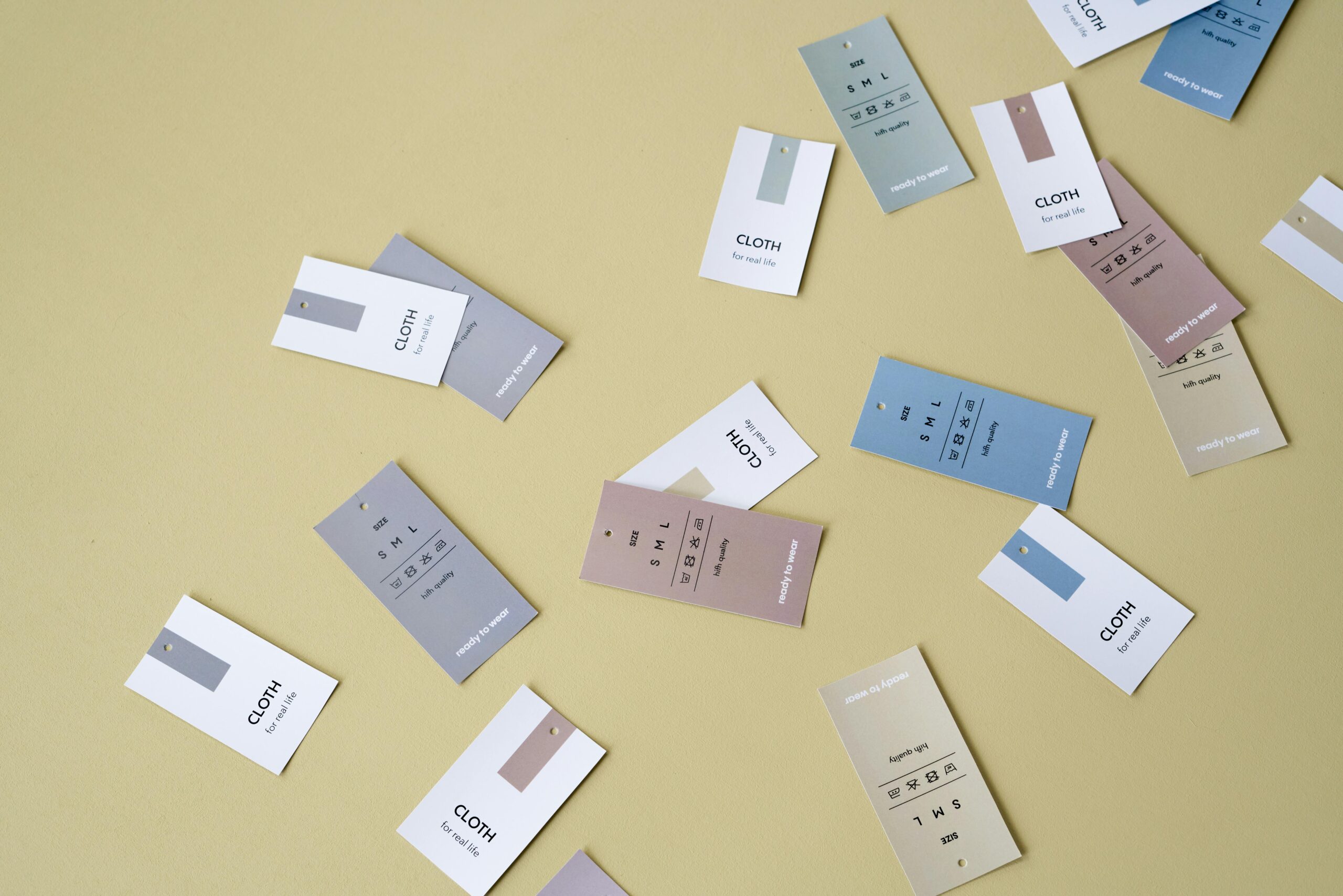Merch is no longer just a way to show support for a creator, brand, or event; it’s become an extension of who we are. Every tote bag, hoodie, and mug can say something about our beliefs, humour, or worldview.
This shift isn’t about fashion trends. It’s about identity. Consumers are choosing products that reflect their values, whether that’s sustainability, inclusivity, activism, or a specific subculture. And for merch creators, that shift opens up an opportunity to connect more deeply with audiences than ever before.
Why values drive buying decisions
Modern consumers don’t just buy what looks good; they buy what feels right. According to global consumer studies, a growing percentage of buyers (especially Gen Z and Millennials) make purchasing decisions based on whether a brand aligns with their ethics and worldview.
When someone buys a hoodie that says “Support Small Creators,” or a tote bag made from recycled cotton, they’re doing more than shopping. They’re signalling identity. They’re saying, “This is who I am, and what I stand for.”
Merch, in this way, becomes a kind of wearable storytelling, a shortcut to self-expression in a world that rewards authenticity.
The four big identity signals shaping merch trends
1. Sustainability
Eco-friendly materials and low-waste manufacturing aren’t optional add-ons anymore; they’re part of how customers define ethical consumption.
Creators who choose sustainable blanks, use print-on-demand, or highlight circular production methods show they care about more than profit. For many customers, that’s reason enough to buy.
2. Activism and social causes
Merch has long been tied to causes, but there’s a new generation of micro-activism emerging. Subtle slogans, charity collaborations, and message-based designs give buyers an easy way to wear what they believe.
The most effective activist merch doesn’t shout, it sparks conversation. It balances design appeal with purpose.
3. Humour and relatability
Not all values are serious. In fact, many buyers express identity through humour. Think of witty slogans that capture modern struggles (“Socially Anxious but Trying”) or ironic cultural nods.
Relatable humour is one of the strongest identity signals online, and merch that nails that tone often feels instantly “shareable.”
4. Subculture belonging
From niche fandoms to local scenes, subcultural identity is thriving again. People buy merch that anchors them to communities, whether it’s a design inspired by indie gaming, street art, or cottagecore aesthetics.
For creators, tapping into a subculture authentically (rather than chasing trends) helps build loyal, long-term buyers.
How creators can align merch with audience values
1. Start by listening
Pay attention to what your audience talks about, their frustrations, passions, and priorities. Polls, comments, and even DMs can reveal what they truly care about. Great merch often starts with a simple insight: “I feel that too.”
2. Build transparency into your brand
Show where your products come from, how they’re made, and why you’ve made certain choices. Transparency builds trust, and trust builds identity alignment. Platforms like Merchr make this easy, with on-demand printing and sustainable materials already built into the model.
3. Design for conversation, not conversion
Designs that reflect values shouldn’t feel forced or preachy. The goal isn’t to lecture, it’s to create products that feel like natural expressions of personality.
If your merch makes someone say, “That’s so me,” you’ve already succeeded.
The future belongs to meaningful merch
As consumers become more selective, merchandise that carries meaning will always stand out. The next generation of buyers is looking for connection, not clutter.
So whether your audience cares about sustainability, creativity, humour, or community, weave that identity into your products. When people wear their values, they wear you, too.








